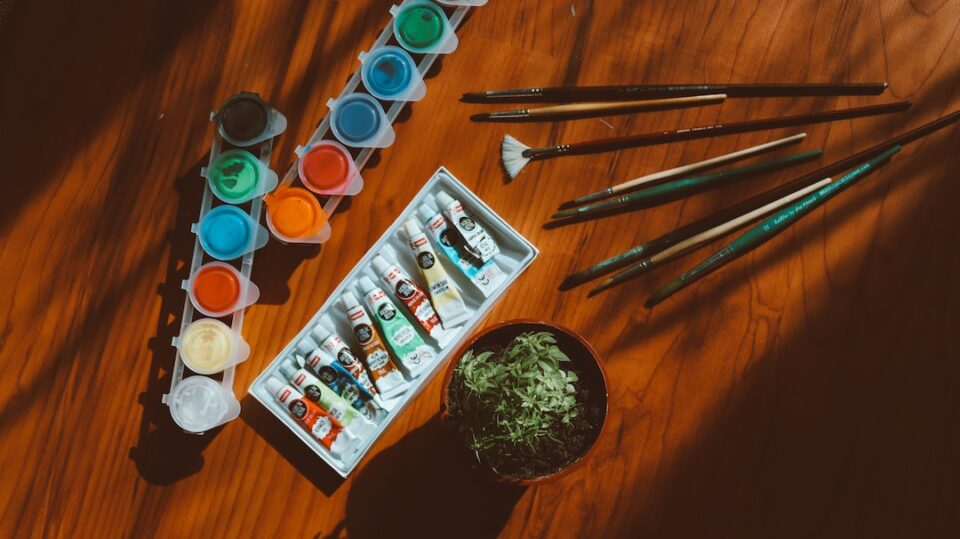Henna is a form of temporary body art that has been practiced for centuries in various cultures around the world. It involves the application of a paste made from the leaves of the henna plant onto the skin, resulting in intricate and beautiful designs that can last for weeks.
Henna has a long and rich history that dates back to ancient Egypt and India. In these cultures, it was used not only for body decoration but also as a medicinal herb. Today, henna has gained popularity in western cultures as a form of temporary tattooing, especially for special events like weddings and festivals.
The art of henna involves creating intricate designs on the skin using a paste made from dried, crushed henna leaves mixed with various natural ingredients like lemon juice, sugar, and essential oils. The paste is applied to the skin using a cone-shaped applicator, creating intricate patterns and designs that can range from simple geometric shapes to more elaborate floral and paisley patterns.
After application, the paste is left on the skin for several hours to allow the dye to penetrate the top layer of the skin. The paste is then scraped off, revealing a bright orange stain that will darken over the next 24-48 hours. Eventually, the stain will fade and disappear completely, usually within two to four weeks.
Henna designs are very versatile and can be customized to suit a wide range of preferences and aesthetics. Traditional henna designs often incorporate cultural symbols and motifs, while modern versions may include more abstract or personal designs.
One of the benefits of henna is that it is a completely natural form of body art, without any harmful chemicals or additives. As such, it is a safer alternative to permanent tattoos and is a popular option for those who want to avoid the risks associated with permanent tattoos.
In addition to its aesthetic appeal, henna is also believed to have therapeutic properties, such as cooling the body and reducing stress. It has also been used for centuries as a natural hair dye due to its ability to create a reddish-brown color.
The popularity of henna has led to the growth of a vibrant community of henna artists and enthusiasts around the world. Henna artists are highly skilled and can create intricate designs that require a great deal of patience and attention to detail. Many henna artists also offer customized designs, working with clients to create unique and personalized designs that reflect their individual tastes and preferences.
Overall, the art of henna is a beautiful and culturally rich tradition that continues to thrive today. Its natural and temporary nature make it a safe and versatile form of body art that can be enjoyed by people of all ages and backgrounds. Whether for special occasions or everyday adornment, henna offers a unique and artistic way to express oneself and celebrate the rich cultural heritage of this timeless practice.


